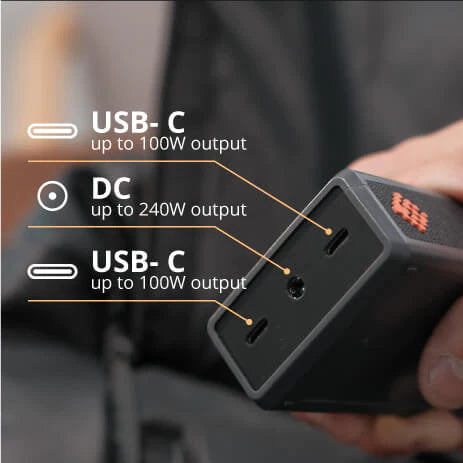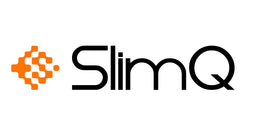USB-C Landscape Charging Solutions for Apple Devices
Postato da JAKEY JAKEY

In the ever-evolving world of technology, the adoption of USB-C has revolutionized the way we charge and connect our devices. Apple, a pioneer in innovative technology, has embraced USB-C in various products, including the iPad, iPhone, MacBook Air, and MacBook Pro. In this article, we explore the convenience and challenges of USB-C charging for Apple devices, addressing common concerns such as iPad charging, iPhone charger cable compatibility, MacBook Air charger options, and troubleshooting MacBook Pro battery issues.
iPad Charging with USB-C: The introduction of USB-C to the iPad has streamlined the charging process. The USB-C port on the iPad allows for faster charging and facilitates a more versatile connection, enabling users to connect a variety of USB-C accessories. This adaptability enhances the overall user experience, making the iPad a more powerful and flexible tool for both personal and professional use.
iPhone Charger Cable Evolution to USB-C: While iPhones traditionally used Lightning cables, recent models have shifted towards USB-C connectivity. This change offers iPhone users faster charging capabilities and the convenience of a reversible connector. As users upgrade to newer iPhone models, they will find USB-C compatibility to be a forward-looking and adaptable feature.
MacBook Air Charger: The Power of USB-C: The MacBook Air has embraced the USB-C revolution, featuring USB-C ports for both charging and connectivity. The USB-C charger for the MacBook Air provides fast and efficient power delivery, ensuring that users can stay productive without lengthy downtime for charging. This standardized approach enhances compatibility and simplifies the charging process for MacBook Air users.
Troubleshooting MacBook Pro Battery Issues with USB-C: Some MacBook Pro users may encounter challenges with their battery not charging properly through the USB-C port. This issue could be due to various factors, such as a faulty cable, port, or charging adapter. It's crucial to troubleshoot the problem systematically, checking each component for potential issues. In some cases, resetting the System Management Controller (SMC) on the MacBook Pro can resolve charging issues.
